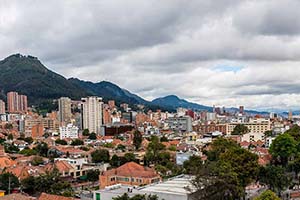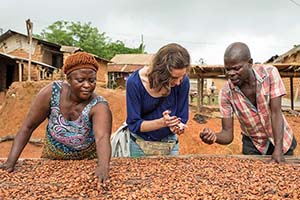
Rome has a knack for reinvention. It’s evident in the layers you find throughout the city, some more visible than others. They tell a story of a resilience wrought by experience. Sometimes those layers are literally stacked on top of each other, like those at an archaeological dig site somewhere in the city. Other times the layers exist side by side in a juxtaposition of old and new.
For example, take a taxi (or even better, hop on a Vespa) and drive the Via dei Fori Imperiali, “Road of the Imperial Forums.” This large six-lane highway extends only about a kilometer from the Altar of the Fatherland monument to the Colosseum. Its route runs through the ruins of the famous Roman Forum, where the business of ancient Roman civic life was carried out. Here throngs of hatchbacks, tour buses and those ever-present motor scooters race over and between sites of incredible significance not just in local history, but in the context of world civilization.
Via dei Fori Imperiali was constructed by Prime Minister Benito Mussolini in 1932 and is remarkable for another reason: It’s one of the few straight shots you have in the Eternal City, a clear line of sight from point A to point B. Indeed, Rome has a knack for something else, and that is an urbanism highlighted by winding narrow streets, many of them cobblestone, punctuated by openings with café-dotted piazzas and a basilica or three. Americans would view these streets as slightly wider-than-normal sidewalks. But they help to give Rome its charm and show something of the layers of reinvention themselves; some of these streets boast shops with some of the finest couture of the 21st century even if they were built before anything wider than a few goats or an occasional chariot passed through them.
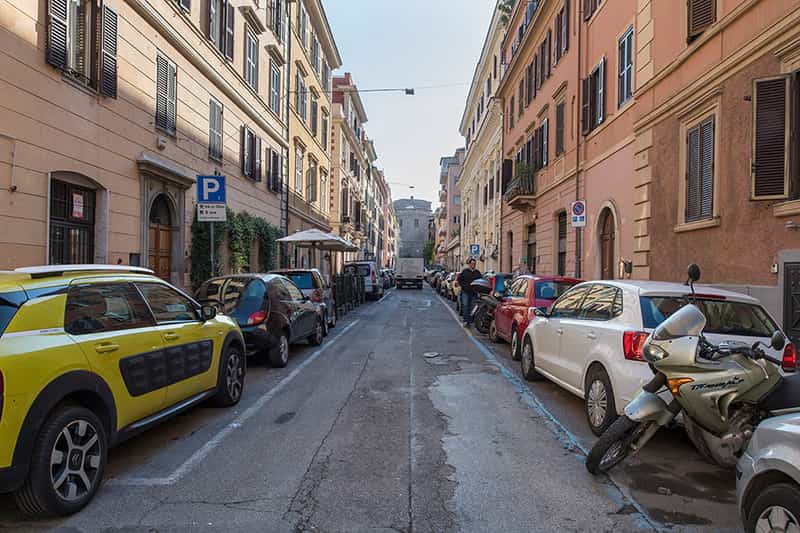
Yet even the streets built after the automobile are shaped by the past by routing around, through or under it. Such is the case for Via Casilina, which runs parallel and at times under an ancient aqueduct as it winds through Rome’s east side. It is perhaps fittingly analogous as an address for the Citadel of Charity, a complex operated by the global poverty relief organization Caritas. The people who live in one of the two apartment buildings at the Citadel have traveled winding roads of their own, and are eager for reinvention. Here a handful of nuns manage the apartment buildings, a general store and a small church. Most who live here are poor Italians who would otherwise be homeless. Less frequently but no less willingly, the Citadel welcomes refugees.
The Citadel is the current home of an Eritrean refugee named Joseph and his family, a wife and three daughters. They’ve lived here since June as part of the Humanitarian Corridor Initiative, a public-private partnership between the Italian government and faith-based organizations including Caritas Italy, the Italian Bishops’ Conference, Sant’Egidio and others. It aims to bring 500 refugees out of Ethiopia and resettle them among 40 dioceses, most of them in smaller communities. These families have journeyed from Eritrea, South Sudan and Somalia to Ethiopia and bring with them their own culture and, in many cases, adhere to a different faith tradition than their hosts. Notre Dame researchers Ilaria Schnyder and Clemens Sedmak are studying the refugees’ resettlement and acclimation into Italian society, with the goal of providing a clearer picture of effective strategies of accompaniment during the resettlement process. For starters, they are looking into whether a small-scale accompaniment model can work in accepting refugees.
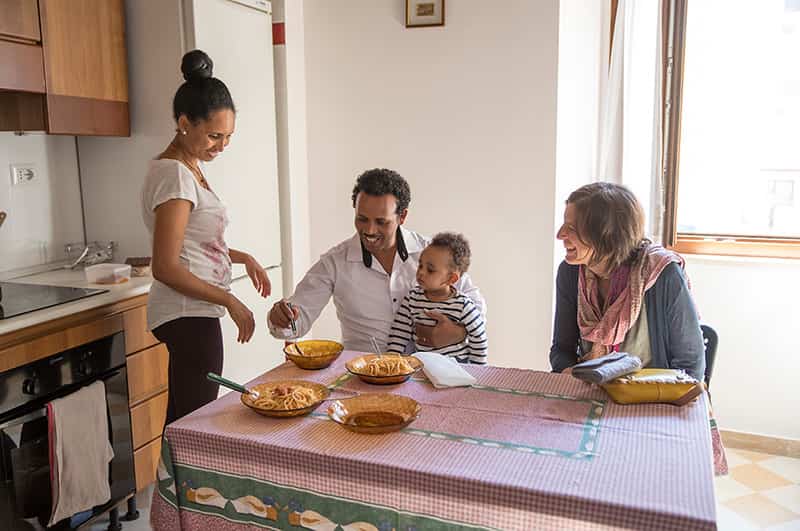
“We have seen that large-scale immigration, when you have one social worker in charge of 150, 200 refugees, does not work because you have major challenges,” Sedmak said. “You have safety and security challenges and problems of social order, and we also know that xenophobia is building up in Europe, so you have to look for alternative ways of resettlement. (With the Corridor) it’s micro-relationships, a few hosts working with small units. And the research question is, does this make a difference? Does this work? And by work I mean, does this lead to social peace, coexistence, cohesion?”
Notre Dame is the exclusive research partner with Caritas studying the program. It is a project of the Ford Program in Human Development and Solidarity within the Kellogg Institute for International Studies. The University’s partnership with Caritas began at an event at the Rome Global Gateway that explored the role of faith in refugee resettlement with officials from the Vatican, Caritas and others. The prospect of studying a rather manageable population via the Corridor project was an attractive research possibility.
“You can compare them with other migrants arriving in Italy and you have very clearly defined partners,” Sedmak explained. “So I got excited about this because this is real people helping real people and it may be a model for Europe, where there are the same challenges.”
The Humanitarian Corridor Initiative is a way to meet the challenge posed by an issue as complex as a Roman street map. In context, the initiative is a relatively localized response to a rising tide of migration worldwide. “We’re in an age of migration,” says Rev. Dan Groody, C.S.C., an associate professor of theology and global affairs and the director of the Global Leadership Program within the Kellogg Institute, where he also is a faculty fellow. “Right now, we have more than 65 million refugees in the world, which is more than even during World War II,” Father Groody said.
Refugees, asylum-seekers, internally displaced persons, returnees, stateless persons, and others of concern to the UN Refugee Agency | 2007-2017
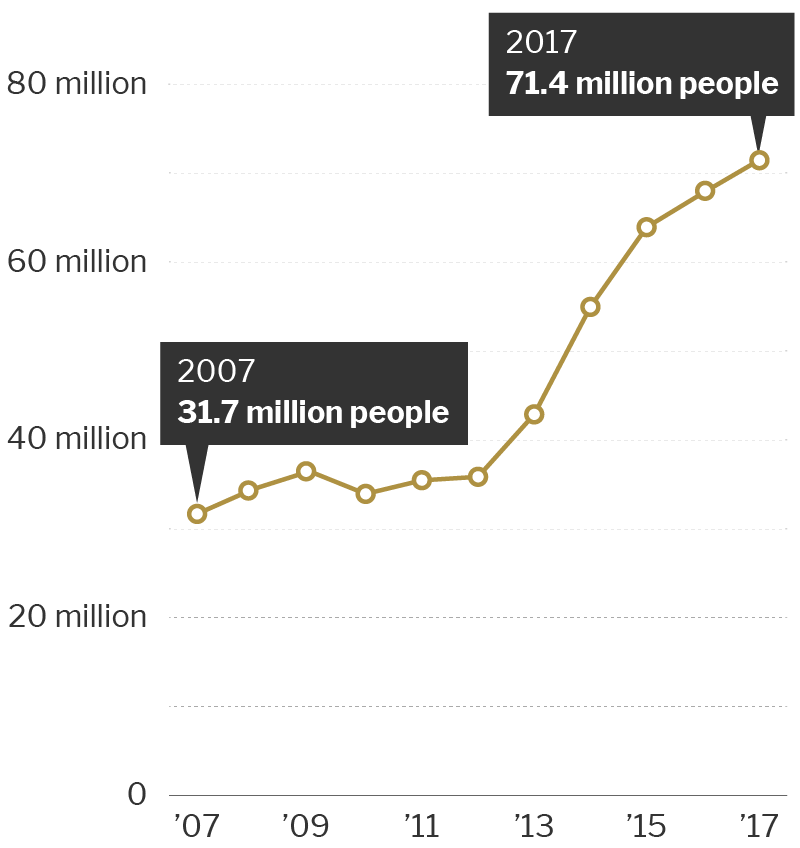
With a few notable exceptions, most are not readily welcomed in their new countries. That’s nothing new, said Father Groody. It’s something he calls “other-ing”: a process of defining the foreigner largely or exclusively as someone “other” than ourselves, and by extension, someone of whom we should be suspicious.
“This is transcontinental and trans-historical,” he said. “This is really ongoing, and it doesn’t matter if it’s Asia, Africa, Europe, the Middle East or the United States; this ‘other’-ing and anti-immigrant rhetoric is universal.
“The big question here is, who is God, who am I, and who is the one I define as the ‘other’?” Father Groody said. “Personal and national identity has a proximate value but not an absolute one. When we lose a sense of our connection to our brothers and sisters, we lose a sense of our own humanity. The challenge of faith is to move from otherness to oneness in mind, heart and action.”
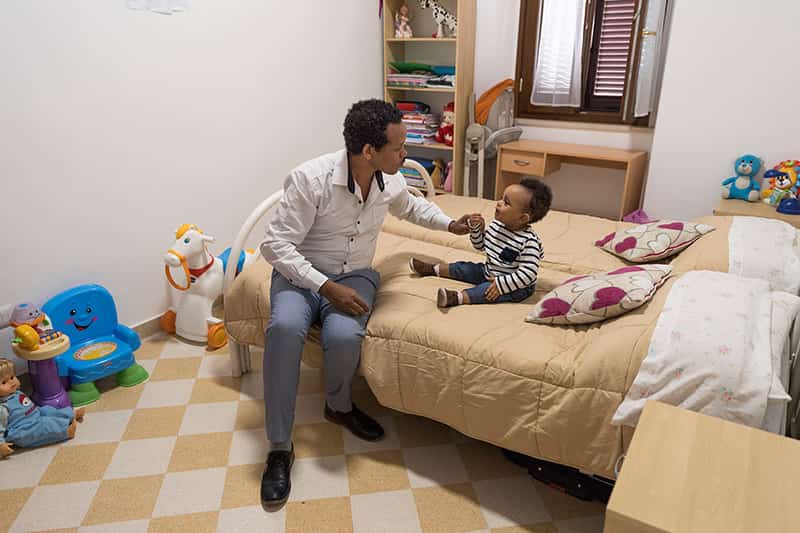
Of course, there are also those in each corner of the globe who work to welcome the refugee and share the journey along the roads they travel. As a result a global debate over the proper response to the migration issue has intensified in recent years. This has led to at times uneven responses as governing bodies seek to solve a deeply humanitarian issue with the cold hand of policy. For example, in an effort to forge a common approach among its states, the European Union set forth the Dublin Regulation in 2013, which stated asylum claims must be processed within the country of a migrant’s first arrival. That directive has been received more dubiously in Italy and Greece, where the vast majority of the European arrivals take place.
“It’s a challenge for each European state right now,” Schnyder said. “There is no common migration policy in Europe right now. The Dublin agreements are not working out so well anymore. According to these regulations, states like Italy or Greece who first rescue people at sea are then ‘forced’ to grant them international protection. At the same time, migrants get no choice in determining where they will live. If they cross the border they will be illegal and pushed back.”
In Italy, populist Interior Minister Matteo Salvini has been particularly outspoken on the issue. In August 2018, he made international headlines when he prevented some 150 migrants docked at a Sicilian port from disembarking their ship, the Diciotti. The migrants, mostly Eritrean, stayed on the ship for 10 days as Salvini demanded other EU countries take them in. Many decried the potential health crisis the situation was creating, and Salvini’s actions were later interpreted as a form of kidnapping, prompting an investigation. Eventually Ireland and Albania took in approximately 20 migrants each, and the Catholic Church in Italy received the rest “at zero cost to the Italian taxpayer,” which apparently was Salvini’s motivation all along. “The Church has opened its heart and its wallet,” Salvini said at the time.
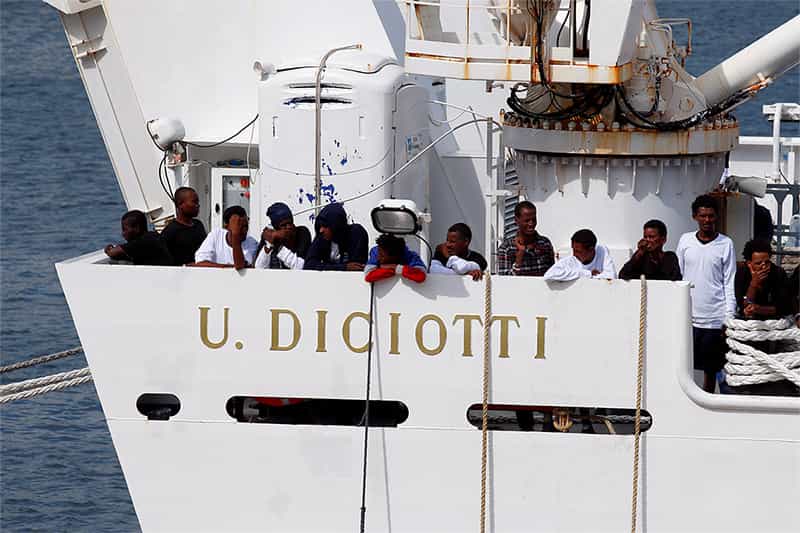
The Diciotti episode was instructive in two ways. First, it showed the Italian Church’s ongoing commitment to assisting migrants, the basis for the Humanitarian Corridor Initiative. But it also illustrated a fascinating characteristic of refugee resettlement: According to the United Nations, the vast majority of the population shifts brought on by migration are borne by poorer and developing nations, which are currently home to some 80 percent of the world’s refugees. The relative handful of refugees taken in by Albania and Ireland from the Diciotti may illustrate that while Europe has received much attention as a destination for migrants in recent years, the nations of Africa are much more heavily impacted by human migration. This is especially apparent in Ethiopia, which has an “open door” policy that has resulted in an influx of 905,000 refugees.
Joseph and his family joined that number on Christmas Day 2014. “We crossed the border (from Eritrea) in the night, dark night, because in the day it’s very hard to pass there,” he recalled.
Joseph worked as a journalist in his native country, until some of his work expressed political opposition to the government. He became a target of the single-party ruling structure, and was forced into exile. Joseph made his way with his family to Addis Ababa, Ethiopia, where he continued his journalism career, fittingly as a migration correspondent. He stayed there for more than three years in a state of limbo — not in his native country, not a resident of his new one — until the Corridor Initiative offered him a chance at relocation and a path to legal citizenship in Italy.
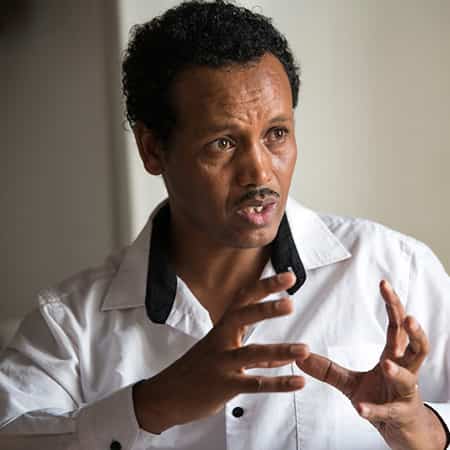
“I want to live in peace. I like my country, but I came to Italy because this was an opportunity to solve the problem of security, so I did. It’s peaceful.”
The Corridor Initiative is funded through Italy’s system that requires citizens to donate .08 percent of their annual income to charities or faith-based organizations. Caritas and Sant’Egidio worked to identify especially vulnerable migrants in Ethiopia as candidates for the program, in collaboration with the United Nations High Commission for Refugees and Ghandy Charity, a grassroots organization. Selected candidates are admitted via humanitarian visas and must apply for asylum upon arrival. There are cultural orientations on both sides of the Mediterranean — for both the hosting communities in Italy and the refugees in Ethiopia.
The process of placing the refugees in the most advantageous situation has been a journey of its own. At first the program moved quickly, bringing refugees into Italy and placing them in host communities with a list of specific needs and requirements in tow. The approach led to some mismatches and false starts as expectations on all sides were seldom considered. More recently, the initiative has worked to first assess needs and characteristics of refugees, especially family units, and then bring them into the country when a suitable community match was identified.
Not that a more deliberate approach has eliminated all challenges. The volunteers and parishioners who are hosting the refugee families enter into the commitment with eyes wide open, but it’s impossible to predict exactly how this new circumstance will impact all involved. Reinvention is like that: The process of becoming something new while maintaining the essential parts of the past is never tidy. It is a day-by-day journey, with very few straight paths. Schnyder said sometimes the refugees feel smothered by their well-intentioned hosts. Other times, the hosts feel under-appreciated for their efforts. Schnyder recounted the story of one Italian family who hosted a refugee family in their house. It was a case of being too close for comfort, as even the food being served created a source of friction.
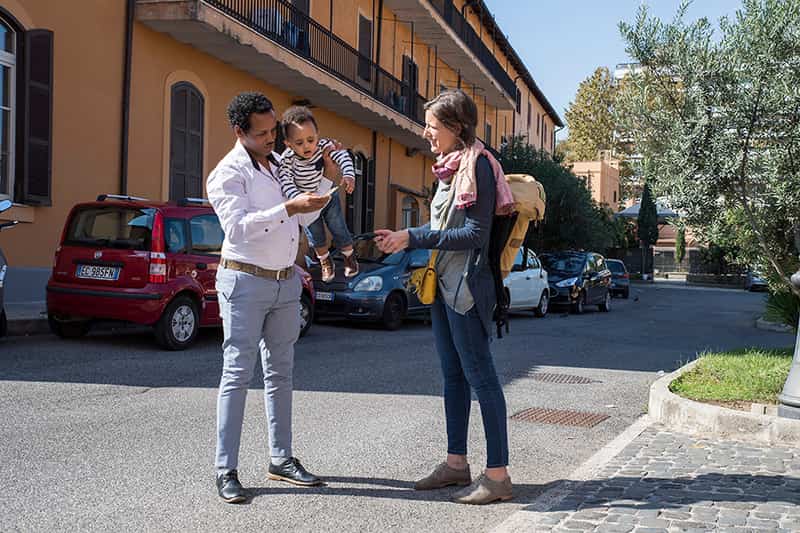
“There are so many expectations from both sides,” she said. “It’s very hard for the refugee family to have the privacy, the freedom. Even the food is one of many things in a very complicated relationship. And then, you have the hosting family that is willing to do everything for them, and cooking the best Italian food ever, and saying, ‘What? I’m giving them everything. I gave them my space, and they’re not happy.’
“They eventually decided to split,” she said. “The (refugee) family was transferred to another diocese because it was not working.”
The need to manage expectations has been one of the key early findings of the study, Sedmak said. Another is the need to respond to the mental health needs of the refugees. Many are traumatized and yet are sometimes placed in rural communities where specialists are scarce. A third early finding is perhaps even more complicated: the obstacles of maintaining family cohesion.
“You have in the family dynamics such that the younger generations may have advantages over the older generations,” Sedmak said. “Children may have a better chance to speak Italian very quickly, to make Italian friends. But your culture may be a culture where age is good and the younger people have to respect the older people. So that's the third finding, how to maintain family cohesion in a way that is not an obstacle towards immigration.”
The partnership with the Italian government adds a layer of administration and sometimes an additional layer of responsibility for Caritas and its volunteers. The Dublin agreements mandate refugees coming to Italy through the Corridors must stay until they get their refugee passport (a travel document), in order to prevent “secondary movements.” Usually that means waiting four or five months. But sometimes a lack of understanding or a desire to improve their situation leads to refugees leaving for other European countries before the process is finalized. At least one who came in through the Corridor was picked up by police in Germany and returned to Italy. Schnyder said Caritas is very upfront with Corridors refugees that if they have other plans, they need to be forthcoming.
Joseph and his family express contentment with their situation in Italy: Their apartment in the Citadel of Charity is quite nice by most standards, with high ceilings and exposed wooden beams, three bedrooms, a kitchen and a living area. He draws parallels from Rome to Asmara, Eritrea, which he calls “little Rome” because of the similarities he’s noticed. Joseph wasted no time acquainting himself with his new surroundings; he arrived in Rome on June 27, and visited the Colosseum and Trevi Fountain on June 28, he said.
Their new reality is sometimes shown as a thin layer over their past life. Common household items, including treasured possessions from their home in Eritrea, are labeled in Italian with sticky notes. Learning the language is the top priority for Joseph. He attends an Italian class two times a week. The topic came up multiple times when Schnyder visited Joseph for a check-in interview in Rome last fall. He had been in Italy just three months.
“It’s difficult?” Schnyder asked of the language class.
“Difficile,” Joseph responded in Italian.
“Difficile,” Schnyder repeated and smiled and nodded encouragingly. “I’m sure if I come in three months …”
“After six months, OK,” Joseph said.
“We’re going to speak Italian?” Schnyder asked.
“Yeah.”
As Schnyder paid Joseph a visit for a check-in interview, it became clear he had made substantial progress in 90 days in Rome. He secured the necessary documentation for asylum from the Italian government, which put him ahead of other refugees in the Corridor program by perhaps four months, Schnyder said. He is relatively autonomous, visiting the supermarket and running errands without the aid of Caritas. His two eldest children are enrolled in school (they are picking up Italian quite well, it turns out). He’s looking for ways to use his journalistic background by either working for publications or starting his own. He may ply his inherited skills as a cobbler (Joseph's father was a shoemaker in Asmara) or perhaps open a café that specializes in the Eritrean coffee tradition.
“I will not wait for the job,” he said. “We can go to the job, and whatever it takes is whatever it takes. I can do much more.” He seems to be motivated equally by duty and pride; as he develops a stable source of income, the small stipend provided by Caritas will draw down.
The nuns working at the Citadel mostly provide minimal guidance and resources, a scaled-back model of accompaniment that seems to be working well in Joseph’s case. Other models are employed elsewhere, and at times, Schnyder and her research assistant are called upon provide feedback based on what they’ve seen in other communities.
“It’s not just Caritas directly but smaller co-ops that actually do the work,” she said. “It’s working better in some cases than others. In at least two places, they were actually asking me, ‘Do you know people around?’”
Moreover, the refugees in the program sometimes ask Schnyder for guidance on a particular issue. It’s an outgrowth of the scope and nature of the research: Schnyder met with many of the refugees in camps in Ethiopia before they embarked on the journey to Italy. As a result, the migrants understandably view her as someone who’s been there along the way with them. It creates a unique scenario for a research project, but the relationships Schnyder and her team are forming give a certain kind of richness to the data they’re collecting. She shared the story of a refugee family who prepared a traditional Italian meal for her when she came for their interview session in Assisi.
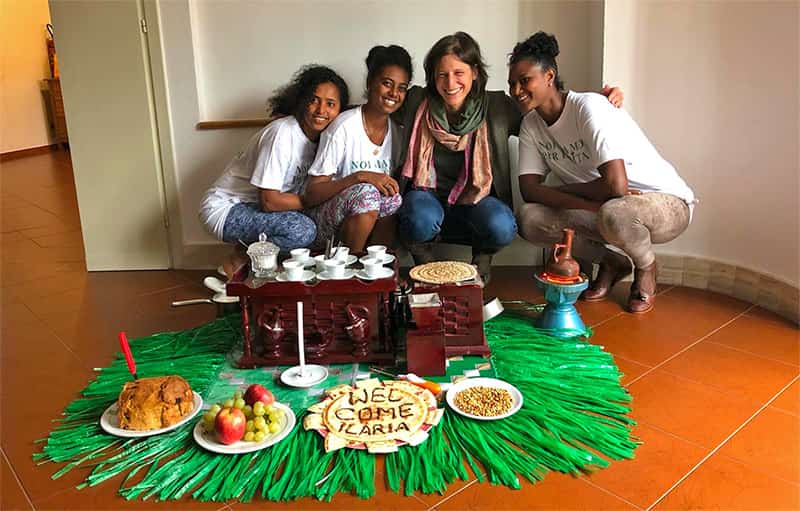
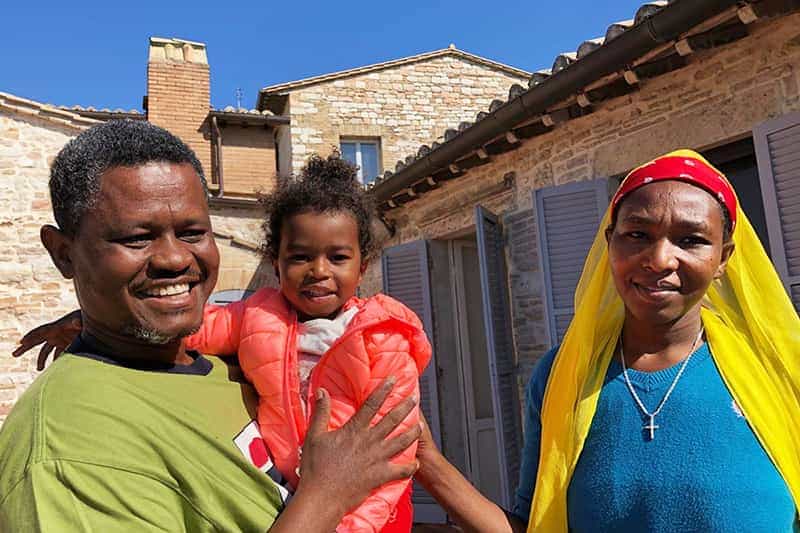
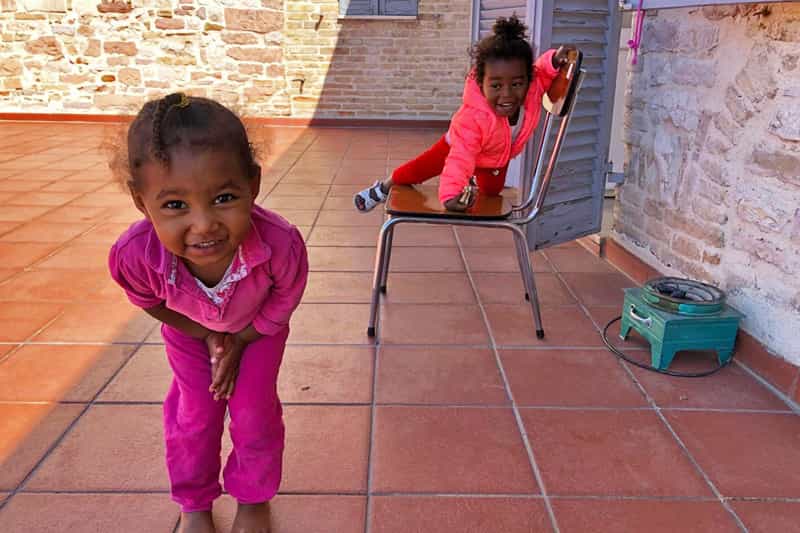
The relationships Schnyder and her team are forming with the refugees give a certain kind of richness to the data they're collecting and has allowed them to begin to understand which models of accompaniment are more effective.
“They’re part of the research, but you don’t expect that part,” Schnyder said. “And that was beautiful because it was a sign they’re starting to lead their lives. They had learned to cook and also this is part of Eritrean culture, to be very welcoming, and it was beautiful to be a part of it.”
The closeness has also allowed the Notre Dame researchers to begin to understand which models of accompaniment are more effective. Some communities feel duty-bound to be present with the refugees in their midst almost constantly. While well intentioned, the number and sheer eagerness of the volunteers can at times be suffocating, as in the case of the family that was ultimately relocated. One social worker told Schnyder that just as they have to educate refugees on beginning a life in Italy, they also have to educate the volunteers on what’s necessary and appropriate; the latter perhaps more so. “It’s a journey for everybody,” Schnyder said.
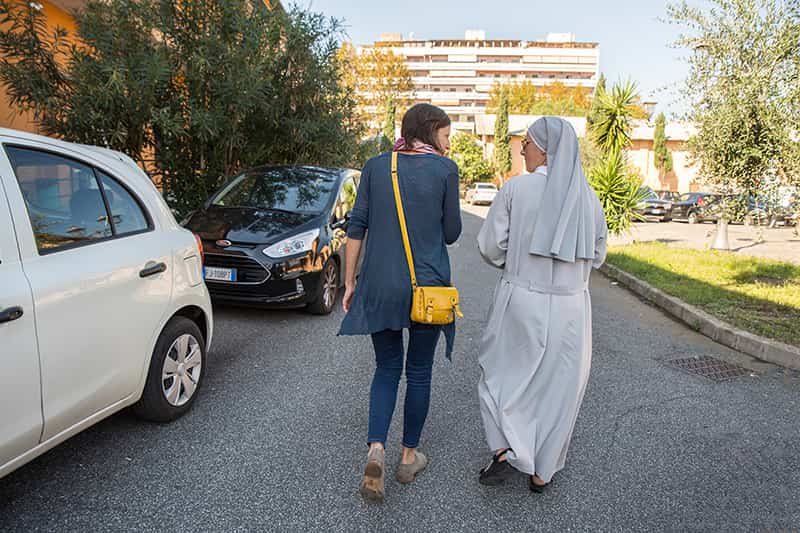
A journey that Notre Dame is uniquely positioned to chart. In 2017, the University opened the Keough School of Global Affairs, its first new college or school in a century. The Keough School emphasizes work on effective and ethical responses to poverty, war, disease, political oppression, environmental degradation and other threats to dignity and human flourishing. Faculty within the Nanovic Institute for European Studies and Kellogg Institute for International Studies are among the global thought leaders in migration research. Moreover, Schnyder points to the University’s Catholic identity that serves as a grounding and guiding force in its work, which makes the study of the role of faith in the Corridors initiative — and migration wholesale — a natural fit for Notre Dame.
The research interviews with the refugees focus almost exclusively on the present and future, not the past. That’s mostly by necessity; the initiative is focused on the process of resettlement. But in a way, the concentration on the future provides an element of inspiration as these people work to build something new. The most effective reinvention occurs when the past informs the future, and it cannot occur when the past overwhelms the future.
In almost every case, a foundational faith tradition provides the bridge between past and present for the refugees.
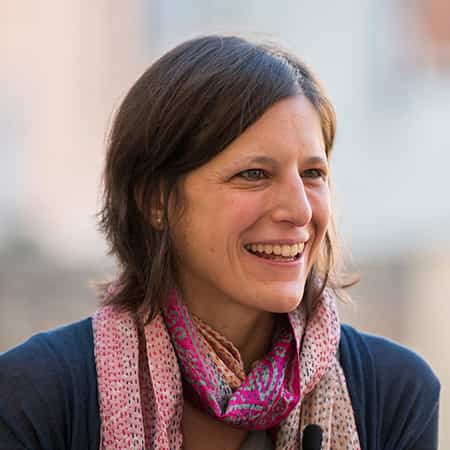
“Faith is the driving force that helped them survive the steps or risks they had to take to arrive in Italy.”
But once they arrive, the faith journey isn’t always an easy road.
While participation has dropped significantly in recent years, about 50 percent of Italians still identify as Catholic. That’s greater than the next identified religious affiliation, Protestant/Orthodox, by a more than 10-to-1 ratio. For Catholics arriving via the Corridor, the faith question may not be much more than a matter of assimilating into a new parish. For Orthodox or Protestant Christians, it’s often a matter of immersion into a faith context parallel, but not the quite same, as their own. And for Muslims it’s an even greater challenge, especially for those arriving in smaller Italian towns where no mosque is present. For these latter two groups, especially Muslims, the faith that sustained them during their ordeal now has the potential to become an element of alienation—or rather, add to the alienation they may already be experiencing amid populist sentiment in the country. It can be another form of “other-ing.”
Schnyder said the Catholic Church is working to help locate Muslim communities nearby to help those refugees find a way to exercise their faith more fully. The Church is doing the same for refugees from other faith traditions as well. Schnyder said one check-in interview she had scheduled had to be delayed because the refugee was attending an evangelical service about 30 minutes away.
Other Orthodox or Protestant refugees are finding a spiritual home in the local Catholic parish. They maintain some vestige of spiritual life back home — Schnyder recalled one social worker was taken aback when Orthodox Eritrean refugees showed up for Mass in all white, as per their Sunday tradition — but participation overall is somewhat low.
“For a lot of them, the fact they don’t have their own church is problematic,” Schnyder said. “They don’t complain, but you see that it’s important and if you ask, they tell you.”
Joseph is Orthodox but is attending Catholic Mass, “every Sunday from 10:30 until 11:30,” he said. During his interview with Schnyder, Joseph spoke of the Church as not just a way to provide moral and spiritual grounding, but also a way to find connectedness and community. He had plans to attend a coffee social after an upcoming Mass, and his children are making friends with kids their age in the diocese.
But it’s not just the faith of the refugees that plays a role in the Corridor initiative.
“At the same time, faith plays a key role with the social workers,” Schnyder said. “It gives them the kind of support they need in this overwhelming work of helping people start a new life in Italy.
“What I saw in my interviews is that this work with refugees, this accompaniment, is really demanding. If you don’t have something that can give meaning to your work, it’s really hard and overwhelming.”
Perhaps inasmuch as the fatigue provides a basis for kinship, it’s as it should be. Father Groody suggests human migration within continents is an analogy for the spiritual migration within hearts and minds. That spiritual journey is moving from “other-ness” to oneness, he said.
“That’s the long vision of Catholicism, how you take this broken world and move it back together into communion,” Father Groody said. “So if that’s the case, then we’re all migrants and refugees in the world. And that should redefine how we see ourselves in this world, but also how we see those who are on the move.”
In his interview Joseph said he had taken one more step in the journey of resettlement. He’s enrolled in courses to get a patente, a driver’s license. If all goes well, he’ll be driving the streets of Rome soon — both the winding and narrow roads filled with scooters and sightseers, and perhaps on occasion he’ll travel the Via dei Fori Imperiali, past the Forum and Fatherland monument. There would be an element of poetry in that scene, if it comes to fruition: a family in the midst of a reinvention, on a road that symbolizes it, in a city that has a knack for it.
Hear more about the Humanitarian Corridor Initiative on the latest episode of the Notre Dame Stories podcast.
